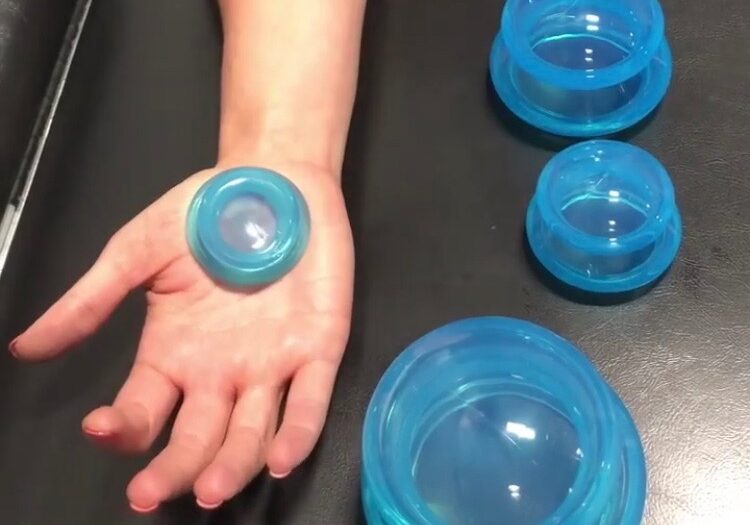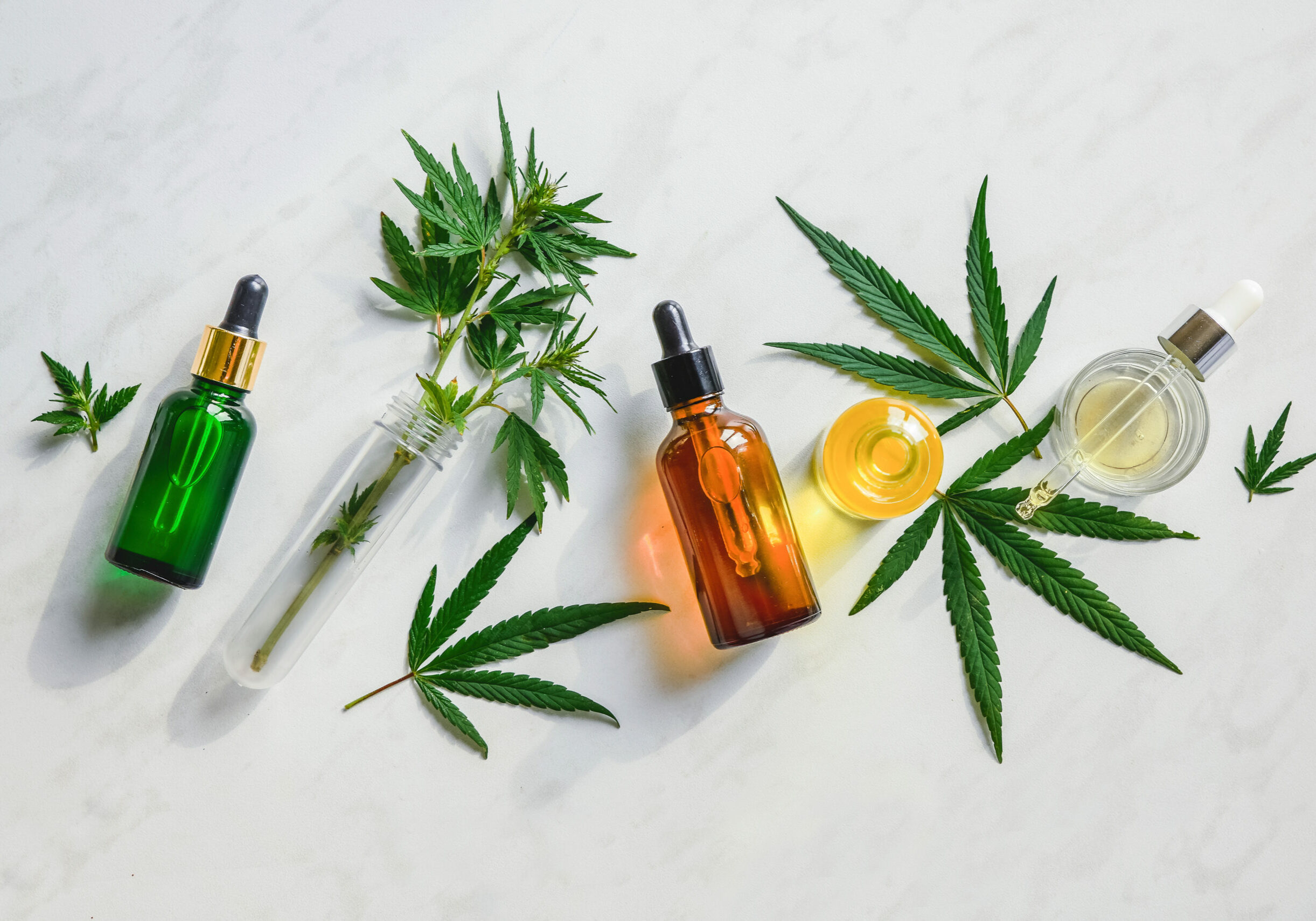Hand therapists may feel they are in a constant battle with scar tissue. It can limit ROM, cause pain, impede other structures, and leave a less than desirable appearance. Scar tissue starts forming as early as 2 weeks after an injury and can continue forming for up to 2 years. The earlier action is taken to minimize scar, the better the outcomes will be for your patient. Here are some of our evidence informed techniques used in scar management hand therapy to remodel scar, realign collagen, optimize appearance and increase tissue extensibility.
Our strategies fall under 3 categories:
- Neutral Warmth and Moisture:
- Silicone Gel Sheets
- Paper Tape
- Elastomer
Silicone gel sheets are at the front lines of our battle with scar tissue. This tool helps keep the skin stay hydrated and can reduce capillary activity, collagen deposition and hyperemia. This discourages growth and can improve the overall appearance of scar tissue. Paper tape also has evidence that it has comparable outcomes to silicone gel sheets and is a less expensive alternative. These tools can be placed between the skin and an orthosis to keep it in place, aiding in patient compliance and applying constant pressure to the scar. We recommend applying these materials to scar 12 hours a day.
- Mechanical Break up
- Massage
- IASTM
- Vibration
Scar massage should begin after sutures have been removed and there are no visible scabs at the site of injury. Mechanical methods should be delayed until the scar is stable and there is no risk for re-opening the wound or destabilizing the scar line. Massaging the scar in all directions is useful if the pressure applied is enough to cause blanching of the scar. A small piece of Dycem can be useful to grip the surface layer and separate it from underlying tissues (dycem for scar tissue). IASTM is a great way to break up fascial adhesions and saves wear and tear on the therapist’s joints. Vibration is a soothing way to move scar tissue and help reduce pain in a sensitive scar. Massage the scar 2-3 times a day for 10 minutes, for at least 6 months.
- Decrease blood flow
- Compression garments
- Elastomer
Elastomer scar management: elastomer helps keep the skin hydrated and can reduce capillary activity, collagen deposition and hyperemia. This discourages growth and can improve the overall appearance of scar tissue. Compression garments discourage blood flow to the area, reducing the amount of oxygen available and limiting further collagen deposition.
Other Tips
Desensitization: For sensitive scars we use scar desensitization kits that consist of scrap pieces of material with different textures on them to rub on scar tissue. Putting lots of sensory input to a scar can help reduce its sensitivity.
Cupping: We use cupping sparingly as it can be rough or painful to some patients, and may cause excessive bruising if they are taking blood thinners.
AROM: Motion is essential to keeping skin pliable, especially across joints. Continued movement also prevents surface scar from adhering to deeper structures. Creams?: You may see a lot of creams for scar available but we actually don’t recommend creams as the evidence is still inconclusive. There is some evidence, however, that vitamin E and aloe vera may have a positive effect on scar tissue.
7 Comments
Leave a Reply Cancel Reply
More To Read
The effects of cupping therapy as a new approach in the physiotherapeutic management of carpal tunnel syndrome
Article Review By: Rachel Reed Mohammadi, S., Roostayi, M. M., Naimi, S. S., & Baghban, A. A. (2019). The effects of cupping therapy as a new approach in the physiotherapeutic management of carpal tunnel syndrome. Physiotherapy research international : the journal for researchers and clinicians in physical therapy, 24(3), e1770. https://doi.org/10.1002/pri.1770 The Skinny: The purpose of this…
Read MoreThe Utilization of CBD Hand Therapy for Pain Treament
Patients frequently ask for advice on how to alleviate their pain symptoms. It is common for them to ask about the benefits of CBD Therapy. With the expanding holistic treatment market, Cannabis and CBD is at the forefront of holistic pain treatment. This article aims to give an overview of the utilization of CBD…
Read MoreUse of Proprioception in Rotator Cuff Repair
Article Review By Brittany Day Upper Limb Active Joint Repositioning During a Multijoint Task in Participants with and without Rotator Cuff Tendinopathy and Effect of a Rehabilitation Program Pairot de Fontenay, Benoit, Mercier, Catherine, Bouyer, Laurent, Savoie, Alexandre, & Roy, Jean-Sébastien. (2019). Upper limb active joint repositioning during a multijoint task in participants with and…
Read MoreSign-up to Get Updates Straight to Your Inbox!
Sign up with us and we will send you regular blog posts on everything hand therapy, notices every time we upload new videos and tutorials, along with handout, protocols, and other useful information.






Please, can you explain how we should apply the paper tape? Thanks.
I’ve been a therapist for over 40 years and I have used all of the above . But I
Have found using the dolphin neurostim from acumed has been an great addition to my treatment options.
I would love to hear more about how you use it for scar tissue release and if you have any tips. I have a patient with heavy deep scarring in the palm.
Mainly for pain or scarring?
Great review!
Thanks so much! This review was direct and to the point. I appreciate your time and effort.
Excellent confirmation of treatment strategies and efficacy. Thank you!